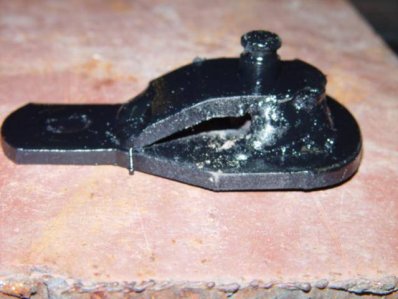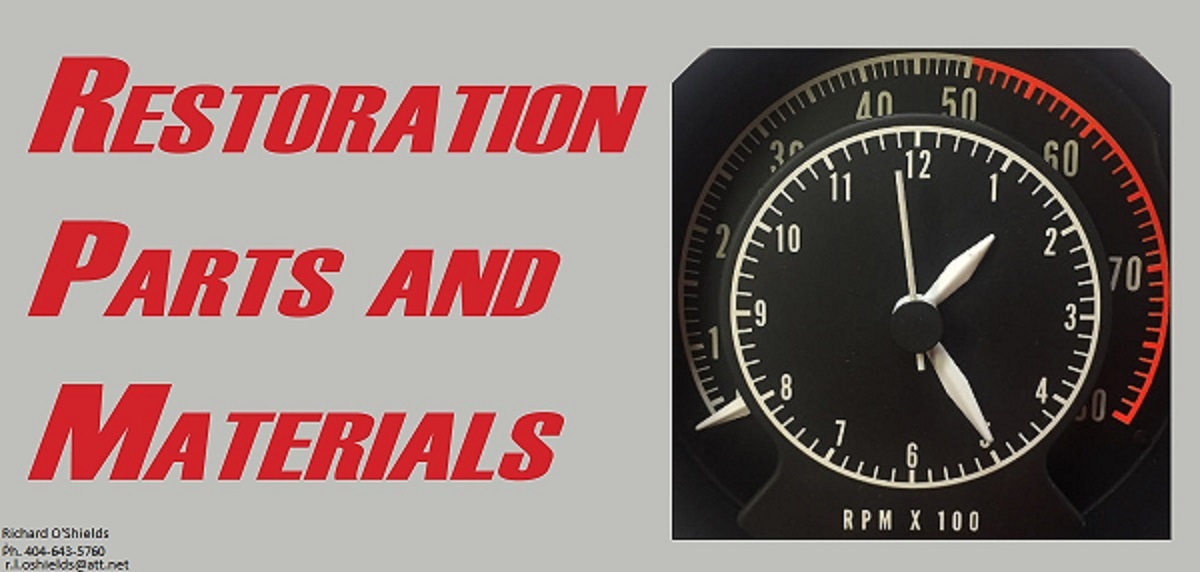I've been working on a B body project for the past couple of years, with the intention of finding out if a kid under 20 or so can get themselves into a nice 70s car for less than half the price of a new entry-level car. Essentially $8,500.
We've had a lot of success and gotten a lot of attention from this effort, and I think I see a segment of the market that's definitely underserved and that's the driver market. These are the guys, usually lower-income and young, who want an old car that looks and drives good, but don't want a full-blown restoration or high-end resto-mod car.
A problem we see a lot is the minute you roll into a body shop with an old car, the owners starts wanting to sell you a restoration, and wants to make sure everything is original (re: expensive) and "done right" (re: all metal and expensive). Back in the 1970s and 1980s, if our cars needed parts, we went to the junkyard and got whatever was there that would fit. And if we had a dent, it got fixed with Bondo. A lot of guys today have fits about Bondo, but the reality is they'll also tell you they run a magnet over cars they are interested in to see if there is any Bondo, and the reason they have to do that is a good Bondo job is impossible to spot. So if you're more interested in looks than paying a gazillion bucks for metal work, Bondo is just fine.
If I were starting a business, I would come up with a business plan that allows me to better serve the low-end of the collector car market. Market Bondo repairs vice new sheetmetal or fabrication. Market cheaper factory-type paint jobs vice high-end lacquer ones. Build up an interchange reference that will allow you to offer lower-cost alternatives to OEM components.
Most of these drivers want a car that looks nice, and drives nice, for not a lot of money, and that population is way underserved right now.


















